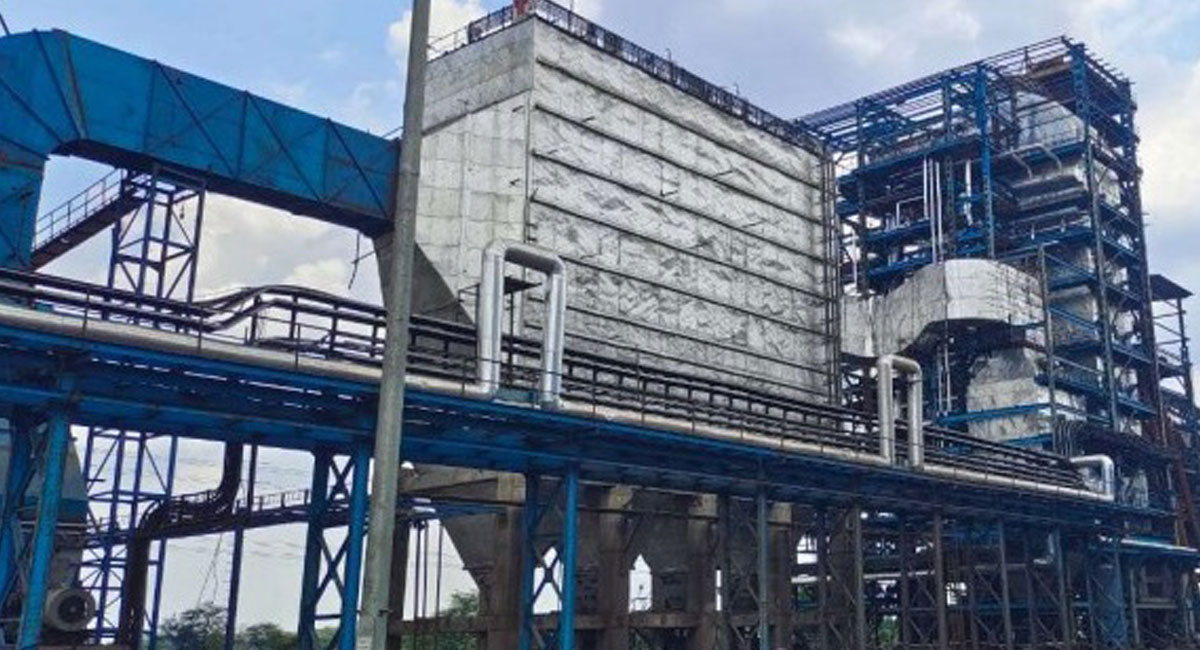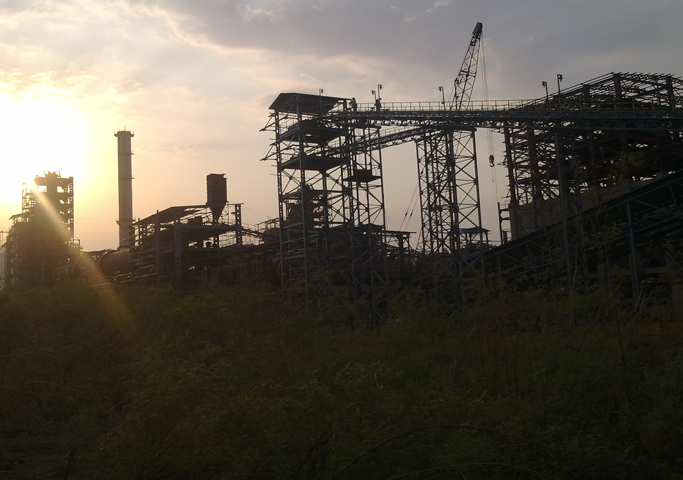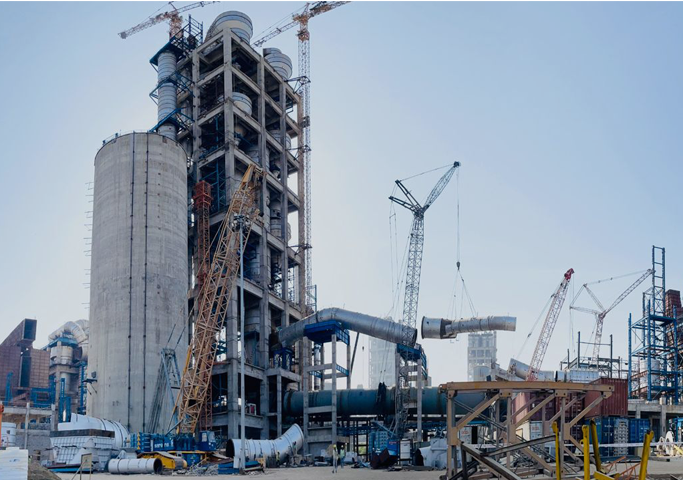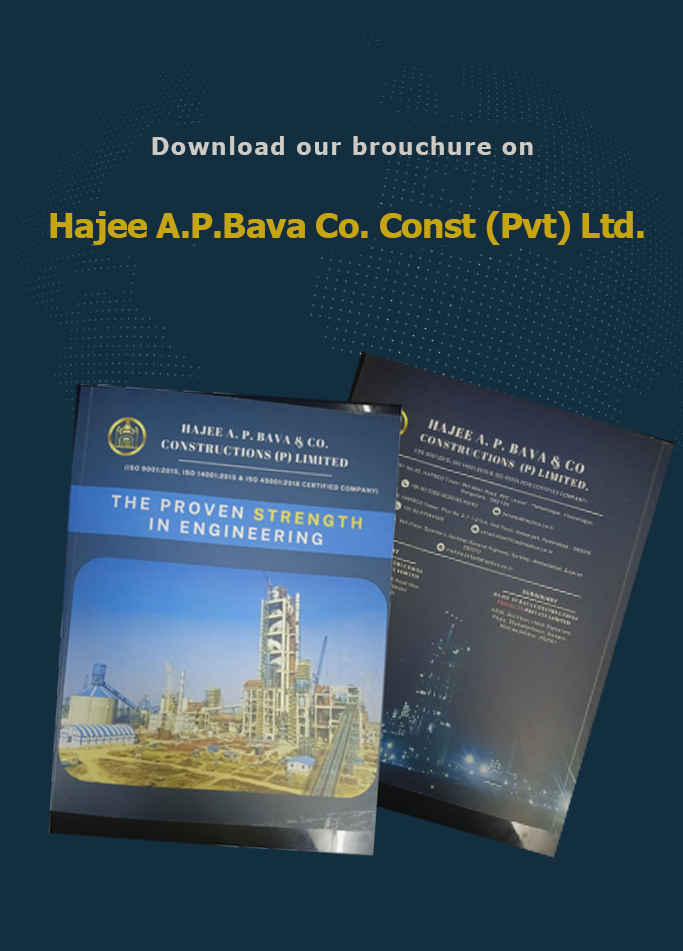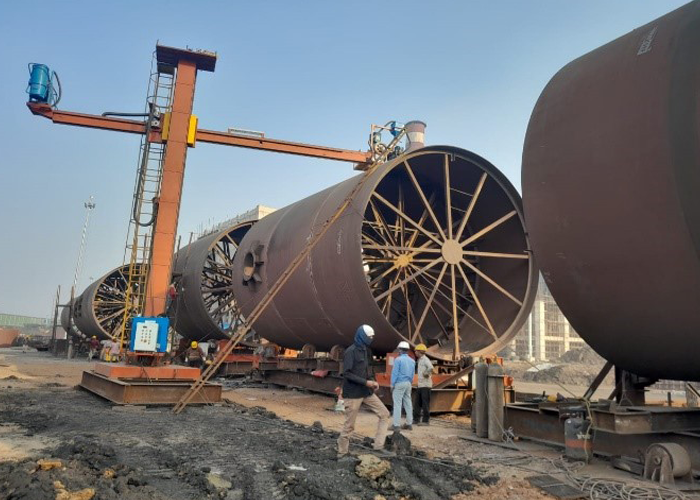The cement and steel industries are the backbone of modern infrastructure, playing a critical role in urbanization, industrialization, and economic growth
However, as global demand rises, these sectors must adapt to new technologies, stricter environmental regulations, and evolving market expectations
The future of cement and steel plants hinges on innovative construction techniques, automation, sustainability, and digital transformation
This article explores key trends reshaping the industry, helping stakeholders prepare for the next era of industrial construction
By integrating cutting-edge technologies and sustainable practices, cement and steel plants can revolutionize their operations and contribute to a greener, more efficient industrial landscape.
1. Advanced Automation & Smart Factories
Automation is revolutionizing cement and steel plants, improving efficiency, reducing labor-intensive tasks, and minimizing operational costs. Key advancements include:
-
* AI & Machine Learning: Predictive maintenance and optimized production cycles.
-
* IoT-Enabled Equipment: Real-time monitoring of machinery to prevent downtime.
-
* Robotics: Automated handling of heavy materials and precision engineering.
-
* Digital Twins: Virtual replicas of plants for efficient monitoring and simulations.
2. Sustainable Construction Practices
With the growing focus on environmental sustainability, cement and steel plants are integrating green construction techniques. Emerging trends include:
-
* Low-Carbon Cement & Green Steel: Alternative materials reducing carbon footprints.
-
* Waste Heat Recovery Systems (WHRS): Capturing waste heat to generate power.
-
* Carbon Capture & Storage (CCS): Reducing CO₂ emissions from production processes.
-
* Recycled Materials Usage: Utilizing industrial byproducts like slag and fly ash.
3. Modular Construction & Prefabrication
The shift towards modular construction and prefabrication offers time and cost savings, enhancing project scalability. Benefits include:
-
* Faster assembly with prefabricated components.
-
* Reduced onsite labor and improved safety.
-
* High precision and consistency in construction.
4. Digitalization & Data-Driven Decision Making
Digital transformation is redefining construction and plant operations with the adoption of:
-
* Building Information Modeling (BIM): Enhancing project planning and reducing risks.
-
* AI-Based Analytics: Optimizing resource allocation and operational efficiency.
-
* Cloud-Based Project Management: Improving collaboration among stakeholders.
5. Energy Efficiency & Renewable Integration
Energy-intensive industries like cement and steel are investing in energy-efficient solutions, including:
-
* Solar & Wind Energy Integration: Powering plants with renewable sources.
-
* Energy-Efficient Kilns & Furnaces: Reducing energy consumption per unit of output.
-
* Advanced Insulation Technologies: Minimizing heat loss in industrial processes.
6. High-Performance Construction Materials
Innovations in materials are enhancing the strength, durability, and sustainability of cement and steel plant structures:
-
* Ultra-High-Performance Concrete (UHPC): Stronger and more durable structures.
-
* Corrosion-Resistant Steel: Extending plant lifespan in extreme environments.
-
* Self-Healing Concrete: Addressing cracks and reducing maintenance needs.
7. Workforce Transformation & Skill Development
With automation and digitalization, workforce skill requirements are evolving. The future will see:
-
* Training Programs for Digital Tools & AI Applications.
-
* Upskilling in Sustainable & Smart Construction Methods.
-
* Workforce Safety Enhancements through AR & VR Simulations.
Conclusion
The future of cement and steel plant construction is driven by technological innovation, sustainability, and digital transformation. Companies investing in smart automation, energy efficiency, and eco-friendly materials will lead the next wave of industrial progress. To stay ahead, industry leaders must embrace these trends, ensuring efficiency, resilience, and sustainability in their projects.

